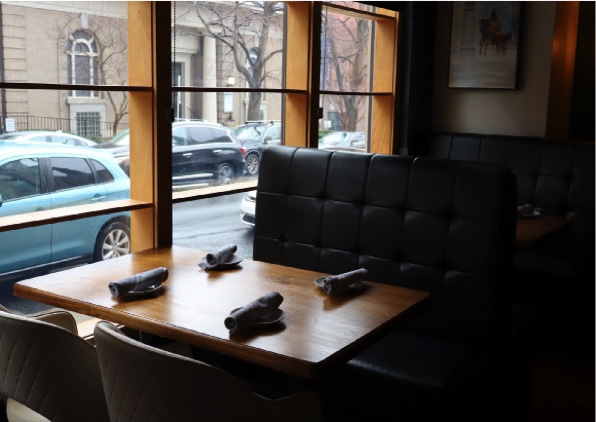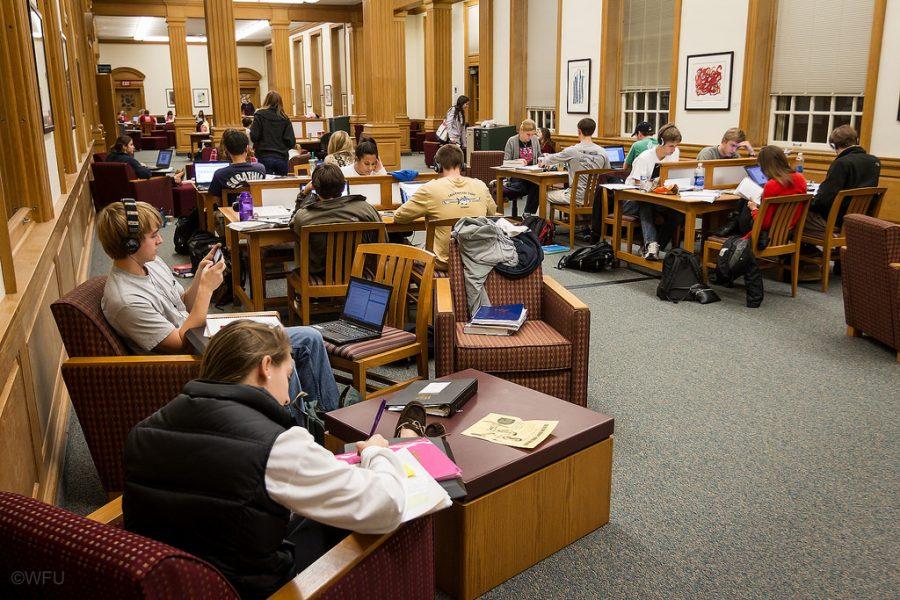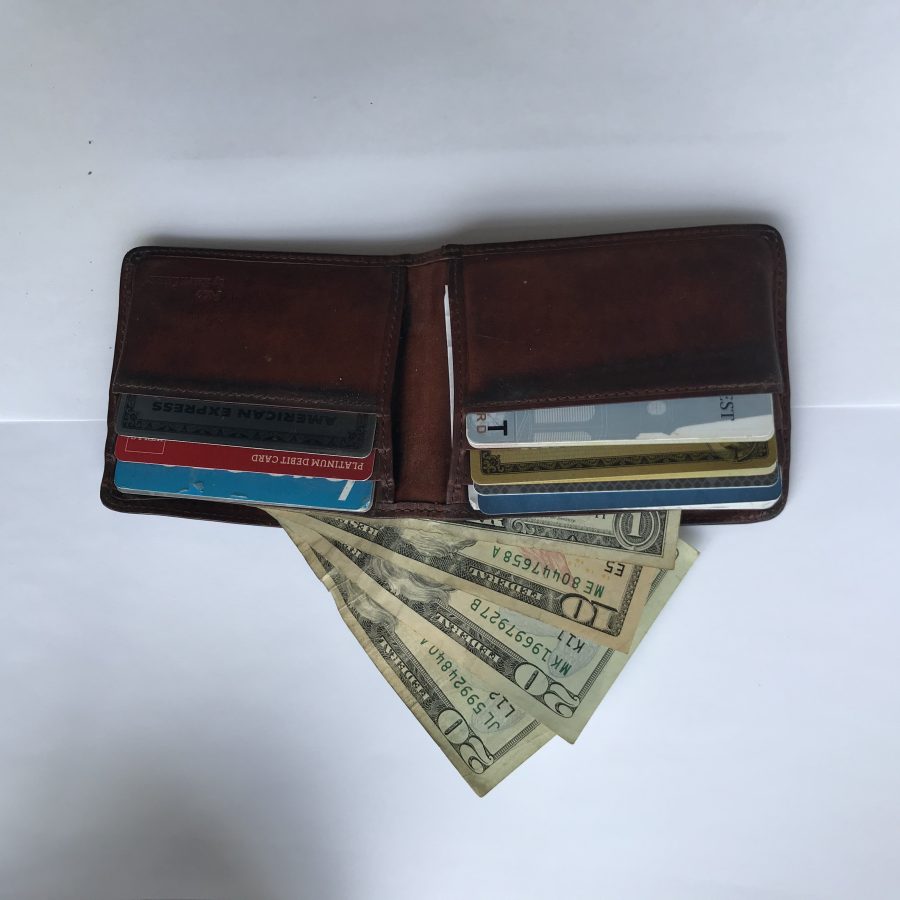Students rush frantically back and forth between their dorm rooms and family cars. Trash bags and suitcases line the sidewalk as peers say goodbye to each other for the summer.
Resident advisers collect the cold metal keys, rooms are checked and many students drive away from Wake Forest with their trunks stuffed and bags half-zipped, full of their belongings from the ending school year.
But what happens to the things that can’t be shoved into bags, cars or are just unwanted?
Thanks to the Office of Sustainability, many of these unwanted items are ending up some place besides a landfill. It is not only easy to get rid of these items, but easy to make a small choice to help someone in need while promoting waste reduction and recycling.
Deacs Donate, which began in 2002, is a program that takes place during move out week, according to the Office of Sustainability. Reusable housewares, clothing, small appliances, school supplies, canned or dried foods and furniture are put into blue boxes to be donate to Goodwill. Paper items are placed in blue bags to be recycled.
“There will be a big dumpster in front of each residence hall,” said Chief Sustainability Officer Dedee Johnston. “We put big signs on them that say, ‘Stop! This is going to the landfill!’”
According to the Sustainability Tracking, Assessment, & Rating System, in 2015, Wake Forest students generated about 3,000 tons of waste. In weight, this is equivalent to about 545 adult African elephants.
Because of the efforts by the Office of Sustainability, Residence Life and Housing and the Resident Student Association, about one-third of this waste was either recycled, composted, reused, donated or resold instead of being sent to landfills in the past 15 years.
For many Wake Forest students, a good amount of the furniture, clothes and appliances bought each year will not be used the following year. Some students say they simply prefer new things when they return to campus.
But each cotton T-shirt that is thrown away instead of being donated, for example, takes about six months to decompose in a landfill.
“I think at our school in particular, the reason a lot of things get thrown away is because a good amount of the students I see throwing things away come from an affluent family,” said Jay Thompson, one of the program chairs for the Resident Student Association. “Maybe they aren’t aware of the cost of things, or things that could be donated, or other people who may be able to use the stuff that they’re throwing away.”
Storage is also a problem that plays a role in whether or not a student will deem something unwanted.
“I’m thinking of doing away with a lot of things since I’m going abroad in the fall,” said sophomore Haley Benz. “I don’t want a storage unit for eight months. It’s expensive to have to store things for that long. I’m trying to consolidate, so I’m probably going to get rid of bins and things like that.”
For students that do choose to get rid of things, the move out process makes it easy to donate. Families who are food insecure are given the nonperishable food donations, people in need are clothed and these items are kept out of landfills — all because these blue bags and bins are accessible and convenient during move out.
“If you’re leaving the building, then you’ll pass right by it,” said Resident Adviser Kari Burgess. “They don’t make it hard to access at all.”













